
Sign in to your Collider account
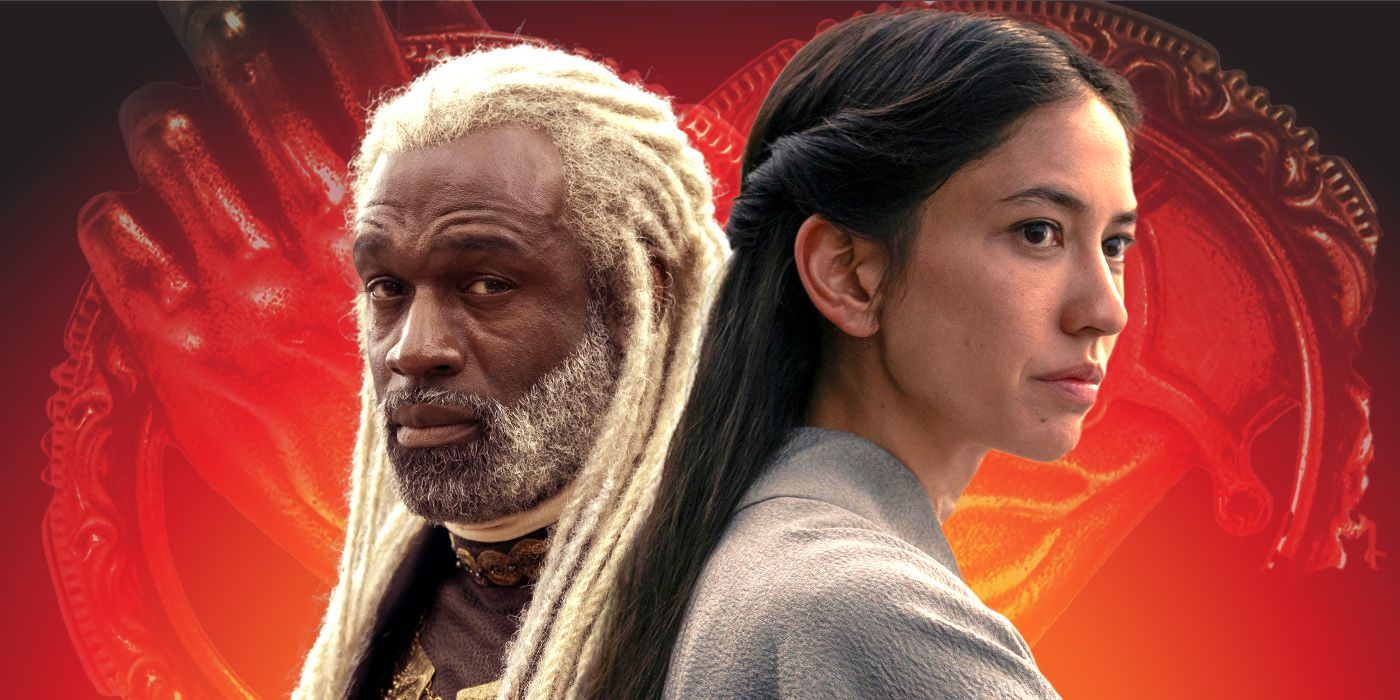 Image by Zanda Rice
Image by Zanda Rice
With its immense popularity and lasting impact, Game of Thrones has a glowing legacy, but it is not without flaws. Even ignoring the backlash to the series's finale, a few points did not age well, and the best example of this is how the fantasy series handled race. The issue was so great that the first of the spin-off series, House of the Dragon, instantly took a different approach despite its hope to replicate the original as much as possible. Especially in Game of Thrones, Westeros lacks diversity. All the Westerosi Houses are white, with the sole exception of the Martells, who do not play as significant roles as most other families. Worse, the primary characters who were not white were enslaved until Daenerys (Emilia Clarke) freed them in a storyline that became a little too "white savior" for comfort.
House of the Dragon promised to be different, casting the Velaryon family, who are a major part of the story, as Black. So far, this has provided eight memorable characters to the series, and there are a few racially diverse characters outside of the Velaryon family, like Grand Maester Orwyle (Kurt Egyiawan) and Mysaria (Sonoya Mizuno). While this represents progress, a few characters do not fix the main issue. These characters may be important, but the vast majority of people we see, even in the background, are white, proving that Westeros is not a diverse place, nor is the wider world, which was slightly more diverse in Game of Thrones but not in House of the Dragon. The franchise is set in its own world, which is not subject to the rules of ours, so there is no excuse for Westeros to be struggling with diversity in 2024.
Race Was a Significant Issue in 'Game of Thrones'
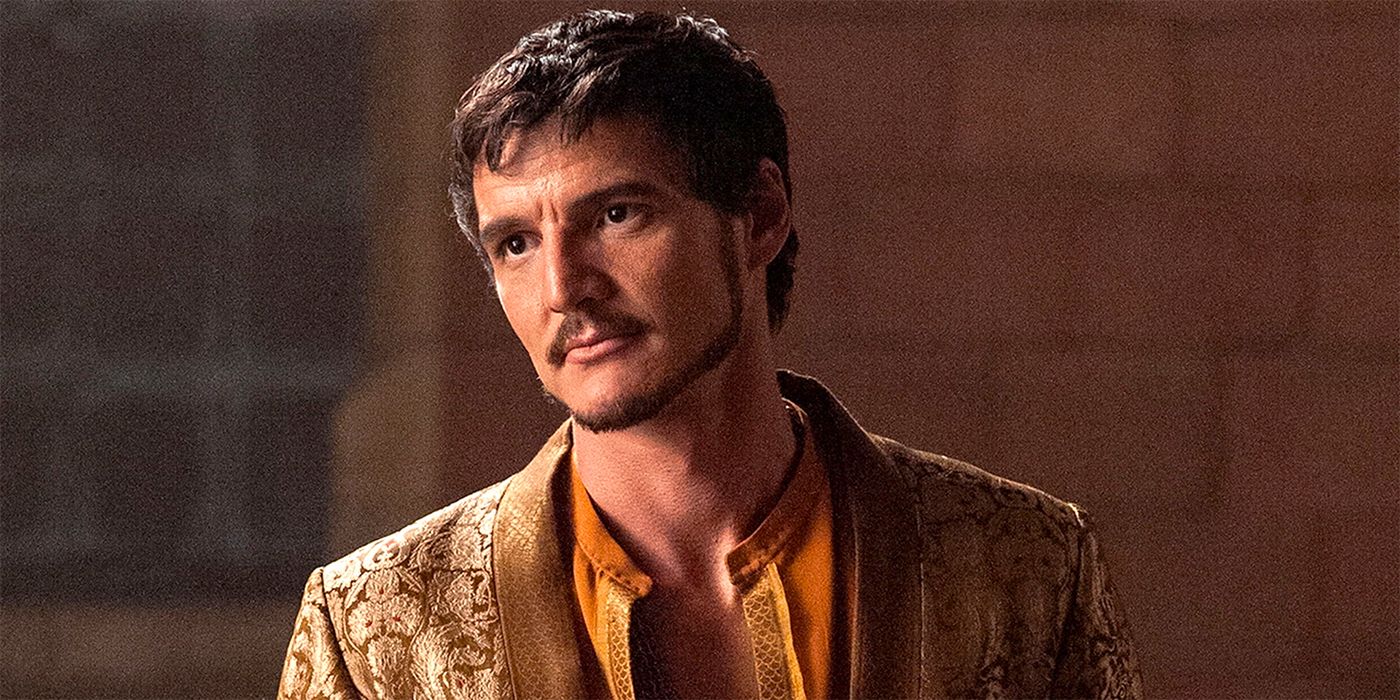 Image via HBO
Image via HBO Game of Thrones is a fantasy story with magic, dragons, and prophecies. However, when it came to race, the series was far less imaginative. From the North to the Reach, all the Lords and Ladies and most of the smallfolk were white. Only the Dornish defy that mold. It's important to acknowledge that, historically, Dorne's heritage is different than the rest of Westeros, with their ancestors being refugees from Rhoynar who formed a unified society with the locals of Westeros. The Dornish have a unique culture in Westeros, not living by the rules of any other House, including not following male primogeniture and accepting sexual freedom. Not introduced until Oberyn Martell (Pedro Pascal) comes to King's Landing in Season 4, the Dornish characters helped diversify Game of Thrones, but it was too little and too late. Though Oberyn is a highlight, Dorne's storyline got progressively worse after his death and became what is generally considered one of Game of Thrones' worst plots.
A handful of other non-white characters appear in Game of Thrones, including Missandei (Nathalie Emmanuel), Grey Worm (Jacob Anderson), and the Dothraki. But in these cases, the storyline is problematic. Starting with the Dothraki, they are depicted as savages and brutes, raping women and conquering each other as they roam the Dothraki Sea. As Daenerys becomes more powerful, she conquers these people, moving them out of their homes and forcing them into cities and on boats to fight her war. Similarly, the Unsullied and other people enslaved in Slavers Bay are not white, but they are liberated by Daenerys' kindness and become her followers. This image of the former slaves lifting Daenerys up in their arms in praise clearly demonstrates the issue. These characters' primary purpose is to serve Daenerys, making it a less-than-ideal form of racial diversity.
'House of the Dragon' Took a Different Approach to Race
House of the Dragon recognized this shortcoming of its predecessor and tried something different by introducing the Velaryon family. Though these sea-faring Lords of Westeros don't play a role in Game of Thrones, they are incredibly important to the spin-off. Casting Black actors as Corlys (Steve Toussaint), Vaemond (Wil Johnson), Laenor (John Macmillan), Laena (Nanna Blondell), Baela (Bethany Antonia), Rhaena (Phoebe Campbell), Alyn (Abubakar Salim), and Addam (Clinton Liberty) House of the Dragon added some diversity, which improved the series, cutting back on the similarly named characters who all look the same. These characters may all be related but have different motivations and personalities. Their critical roles show a range of representations, from Corlys' arrogance to Baela's passion to Alyn's principles. With just the change to this family, House of the Dragon has improved on the franchise, but it does not solve the issue.
House of the Dragon's representation is still imperfect. Outside the Velaryons, the series shows little diversity. Orwyle, who sits on Aegon II's small council and serves the royal family as a Maester is Black, but he, the Velaryons, and differently-named Velaryon descendants are the only Black characters we have seen. Considering the amount of people in the show, that is saying something. Meanwhile, Mysaria is the only Asian character. Again, she plays an important role as Rhaenyra's spy, advisor, and romantic interest, but a single character can only do so much in the way of diversity. Considering how many houses in this show are not seen later in Game of Thrones, why only change the Velaryons?
'House of the Dragon's Representation Outside of Westeros Doesn't Help
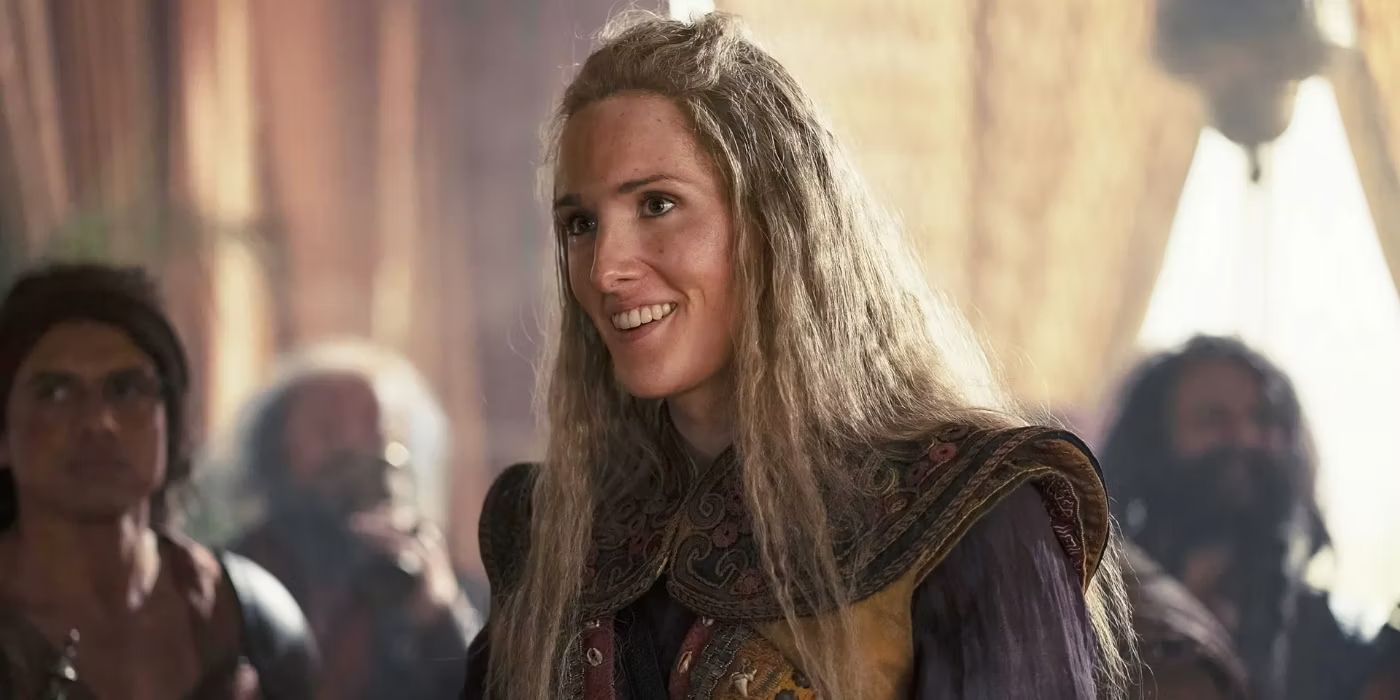 Image via Max
Image via Max While House of the Dragon improves representation in Westeros, to an extent, the spin-off takes a step backward outside of the Targaryen's Kingdom. In Game of Thrones, race is largely divided by territory, with Westeros being almost exclusively white while Essos had more diversity. Giving different races separate native homes makes sense as it mirrors our world, but there is movement and marriage between the different nations, meaning the lines can be blurred. More to the point, considering the entire world is fantastical, it doesn't need to be divided, but the excess logic for the fantasy story could excuse the lack of diversity in Westeros itself (especially if the storylines in Game of Thrones were less problematic).
However, House of the Dragon throws a wrench into this argument as, when Tyland Lannister (Jefferson Hall) takes a trip to Essos to strike a deal with the Triarchy, there is little diversity despite the Triarchy representing three different Free Cities. Lohar (Abigail Thorn) is the main character in this storyline, and even in the background, the Triarchy is primarily white. This makes the issue even more pronounced as it even changes Game of Thrones' set up for how the world is divided. There is no reason for the separation, but for House of the Dragon to do away with it without offering greater representation in the rest of the series is a poor choice. Furthurmore, cities like King's Landing, which often see travellers from abroad, are similarly populated by the same white characters. It's not too much to ask for a bit more diversity, even in the background. If Bridgerton can do it for English nobility, surely the Game of Thrones franchise shouldn't struggle. While House of the Dragon may have taken a step forward, the issue of race in the fantasy world is far from fixed.
Season 2 of House of the Dragon is streaming on Max.

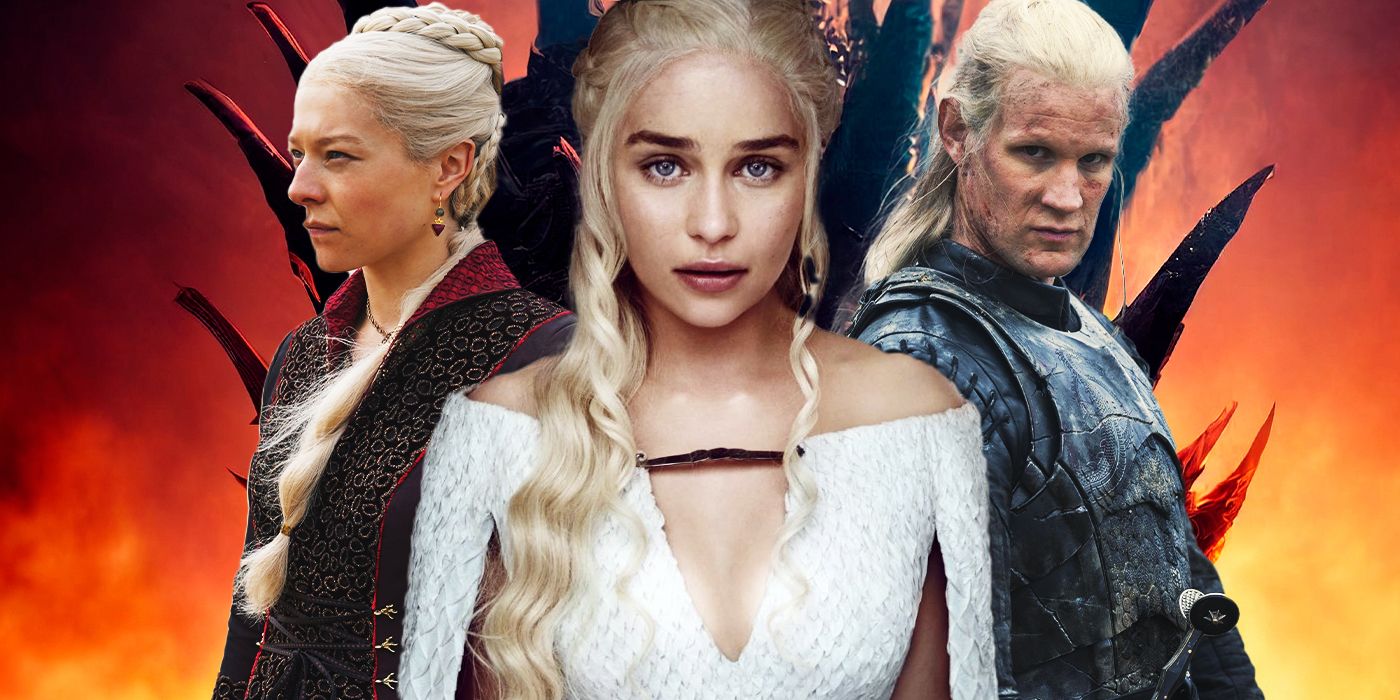
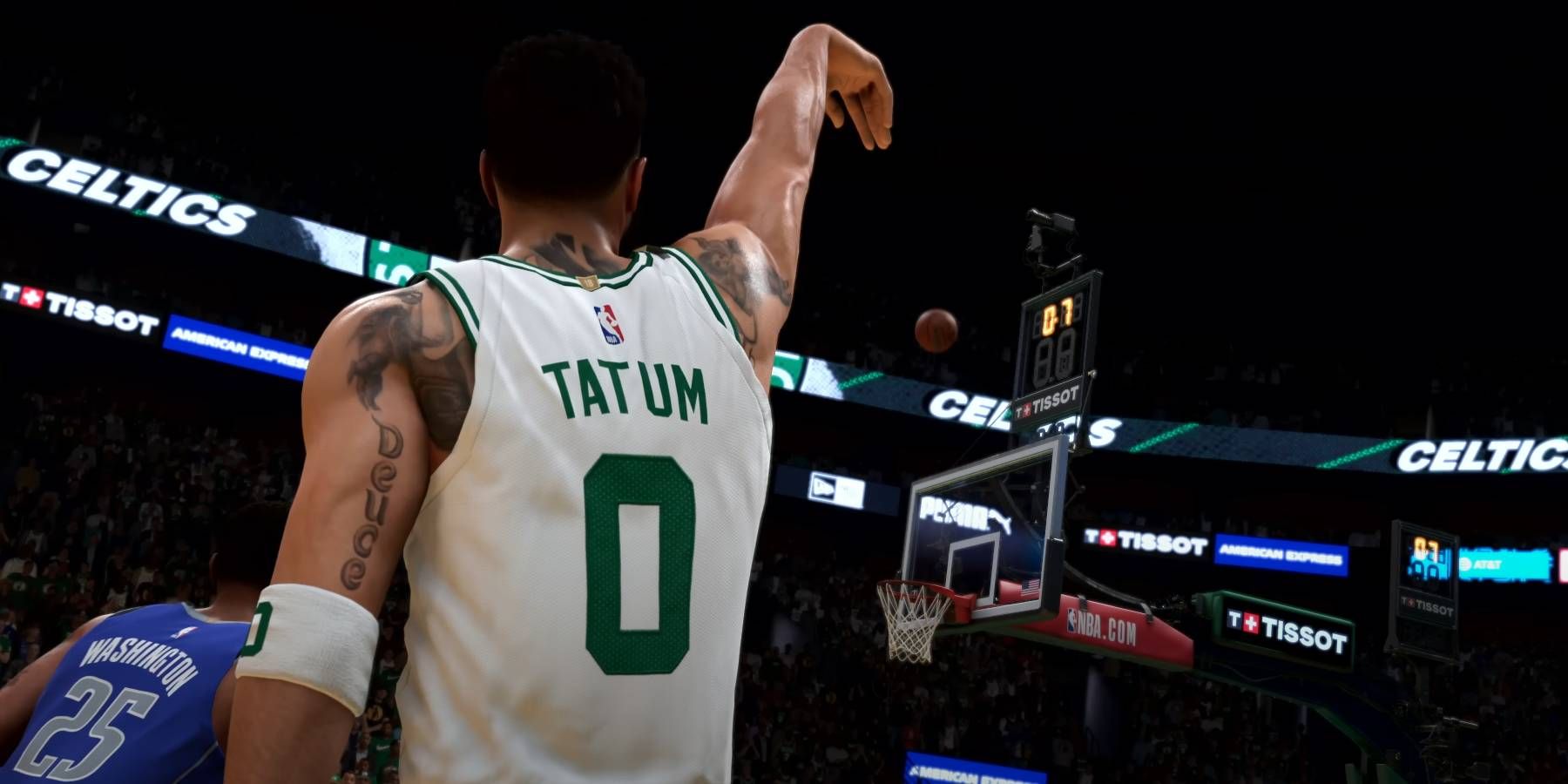

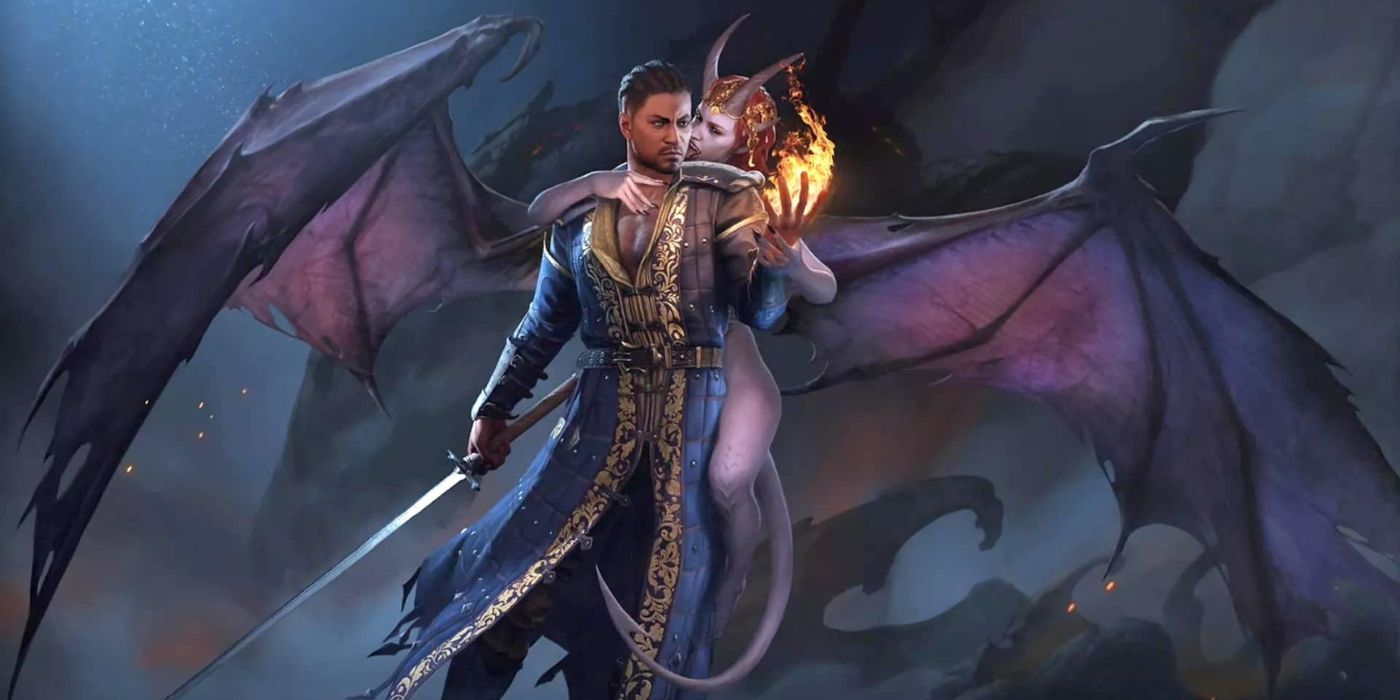
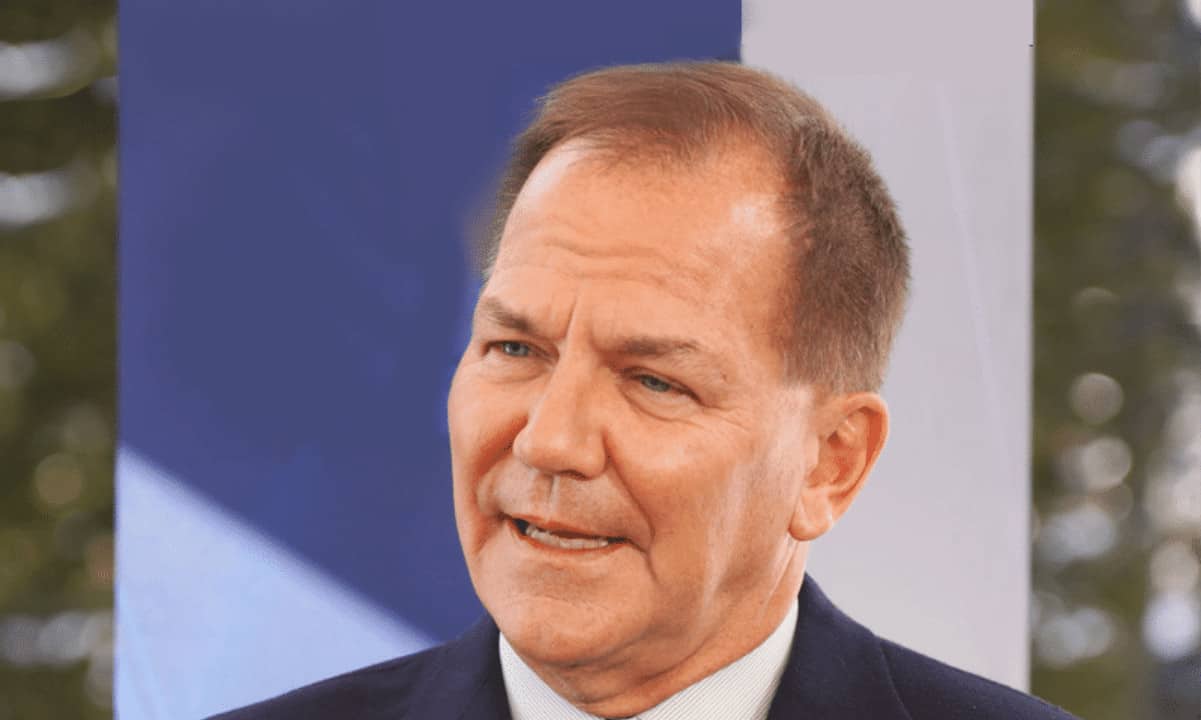
:quality(85):upscale()/2024/10/01/898/n/1922243/acd995f066fc5c8f752d64.78249385_.jpg)
:quality(85):upscale()/2024/10/22/748/n/49351773/91b7c9cd6717d96c4691b3.90797788_.png)


 English (US) ·
English (US) ·